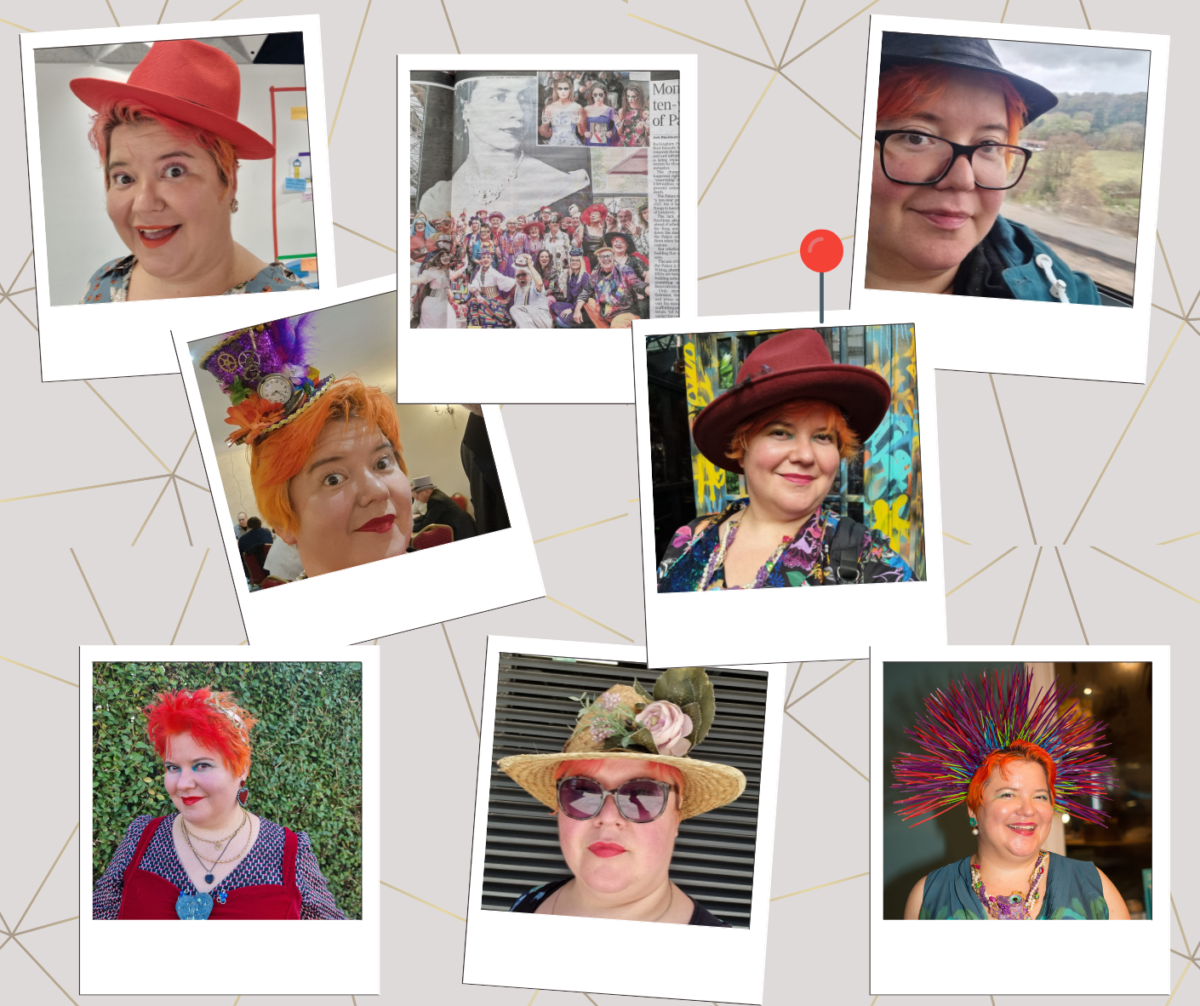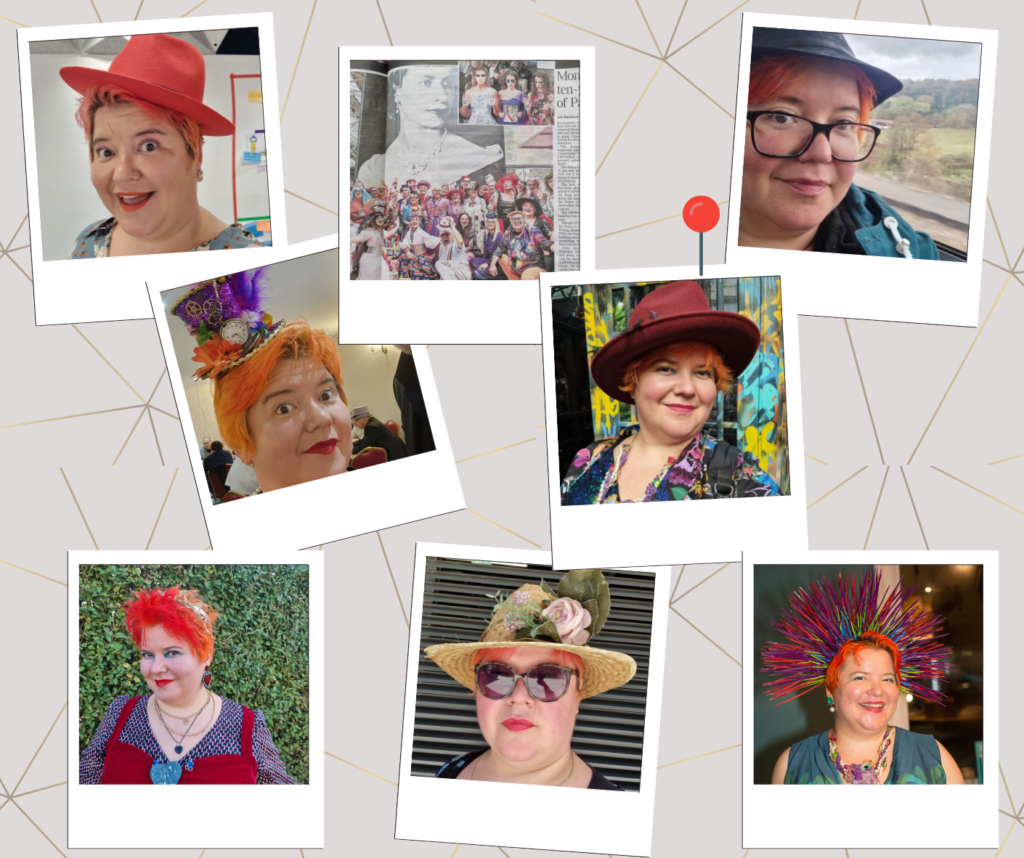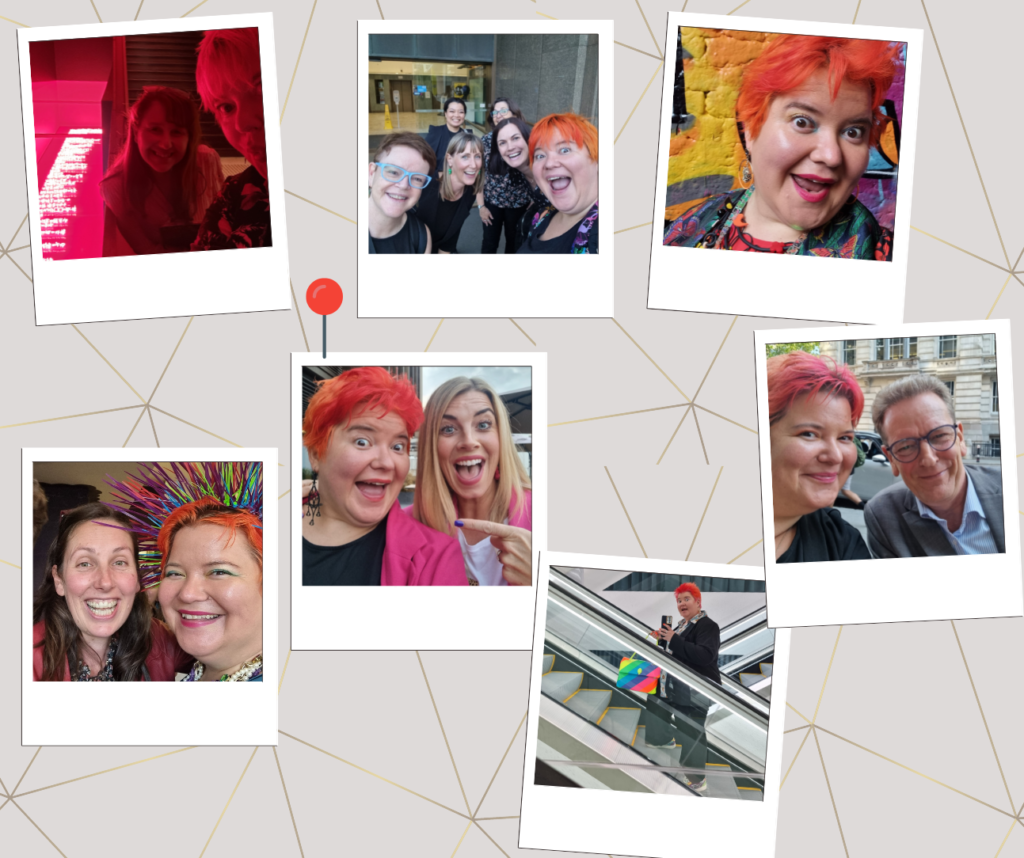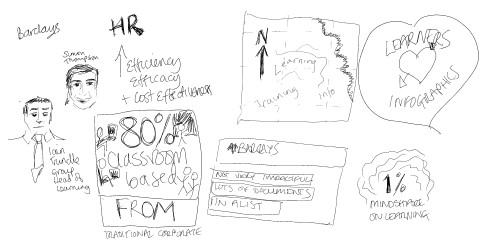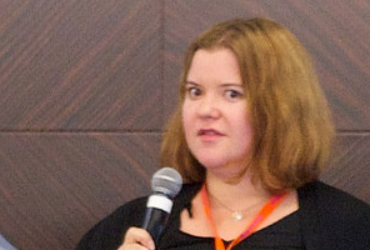Over the years I’ve collected a number of resources to help make more accessible experiences for everyone. Whether you’re new to content or need some evidence to pass on to stakeholders, hopefully this list of accessibility resources might be useful for you.
Introduction to accessibility
- W3C’s introduction to accessibility
- GOV.UK’s advice on understanding the 2018 public sector web accessibility guidelines and what it means for your organisation
- The US Government’s PLAIN network overview and definition of what is plain language – “communication your audience can understand the first time they read or hear it.”
Creating accessible content
Accessibility books and reports
Designing for neurodiversity and inclusion; eConsultancy, Rose Keen et al
Giving a damn about accessibility; UX Collective, Fabricio Teixeira, Caio Braga and Sheri Byrne-Haber
Accessible social media; Accessible Social, Alexa Heinrich
Accessibility-focused orgs
There are lots of organisations and individuals who openly share their accessibility expertise including:
- Business Disability Forum has brilliant resources about making inclusive content – many are members-only, check if your organisation is a member
- Harvard Library’s accessible content guidelines
- NN Group’s accessibility hub
- Microsoft’s accessibility resources overview
- On X aka Twitter Accessibility London is an incredible group of volunteers who share resources and host meet-ups to improve accessibility
GOV.UK resources:
There are some fantastic resources available across GOV.UK including:
- This post on why WCAG 2.2 matters and what the GOV.UK team are doing as part of their design system
- Guidance on designing for accessibility including this set of accessibility posters on GitHub from Home Office
- Advice on publishing accessible documents
- The DWP accessibility manual has a great section on accessible content for content designers
- This great piece about designing for people with dyscalculia
- Great post about what “easy-read” content is
People who share accessible advice
- Sheri Byrne-Haber has an excellent Access-ability newsletter on LinkedIn
- Rob Whiting has collated this excellent list of inclusive content resources
- Andy Baio’s incredible article describes what colour-blind people experience
Writing better hyperlinks
- This brilliant article from Scope explains how to write better link text
- ClearBox Consulting has a great guide to creating better intranet content as well as a post about avoiding click here in links
Justifying use of Plain Language
- Proof that people prefer reading plainer language from Crocstar with academic reference at UALR Law Review
- NN Group’s article that experts prefer plain language and usability study which confirms even domain experts prefer succinct facts
- MIT’s article that even lawyers prefer plain English, which links to a study on how legal documents should be easier to understand
Why PDFs are bad
- Lauren Pope’s incredible article on why PDFs are worse than HTML pages which links to several sources including:
- WebAIM’s screenreader user survey results
- NNGroup on why PDFs are unfit for human consumption
Tools to make written content better
- Write better content with the free Hemingway App
- Microsoft Word’s built-in readability guidelines
Style and readability guidelines
- “Capital letters are reputed to be 13 to 18% harder for users to read. So we try to avoid them.” According to writing guidance for GOV.UK
- ONS has a great guide to writing about statistics as well as this excellent guide on using plain language
- Content Design London’s readability guidelines
Accessibility tools
- The Wave Chrome web extension to evaluate web accessibility issues in your browser
- W3C’s list of Accessibility evaluation tools
- Web AIM’s Colour contrast checker
- How people perceive different colour contrasts using whocanuse.com
- How to use the PowerPoint accessibility checker
- Microsoft’s accessibility video training
- Google’s guidance on making more accessible Docs and Slides
How to write good alt text
- The best guide I’ve ever seen – Axess Lab’s writing good alt text
- UX Collective’s How to write an image description
- W3C’s writing alt text for graphs and charts
- Web AIM’s comprehensive guide to alternative text
- Amy Cesal’s guide to alt text for data visualisations
Accessible social media content
These guides are broadly platform-agnostic guides to improving the accessibility of your social media:
- Hootsuite’s comprehensive roundup on accessible social media content including advice on format and placement of hashtags and emojis
- Social Media Examiner’s guide on How to add alt text on Instagram
- AbilityNet’s guide on making Tweets and hashtags accessible
- Accessible Social’s advice on using Camel Case in hashtags
Platforms may publish their own guidance about using the accessibility features which include:
- How to add closed captions on Youtube
- How to add alt text to LinkedIn carousels
- How to make images accessible on Twitter
- You can’t currently add alt text to snaps but Snapchat has limited accessibility info
- TikTok’s accessibility guidance
In the absence of – or in addition to – official platform-specific guidance that I’ve found, these are also helpful guides:
- Tips on how to make Mastodon posts more accessible to blind people
- Indiana University’s guide to making accessible TikToks
As you can see, this isn’t an exhaustive or complete list but I’ll aim to keep it updated, and you might find it a useful reference. Let me know if there are any accessibility resources you find useful to add to the list!
I also offer accessible communications and content training for teams and organisations – please get in touch on lisa [@] lisariemers.com if you’d like to find out more.
